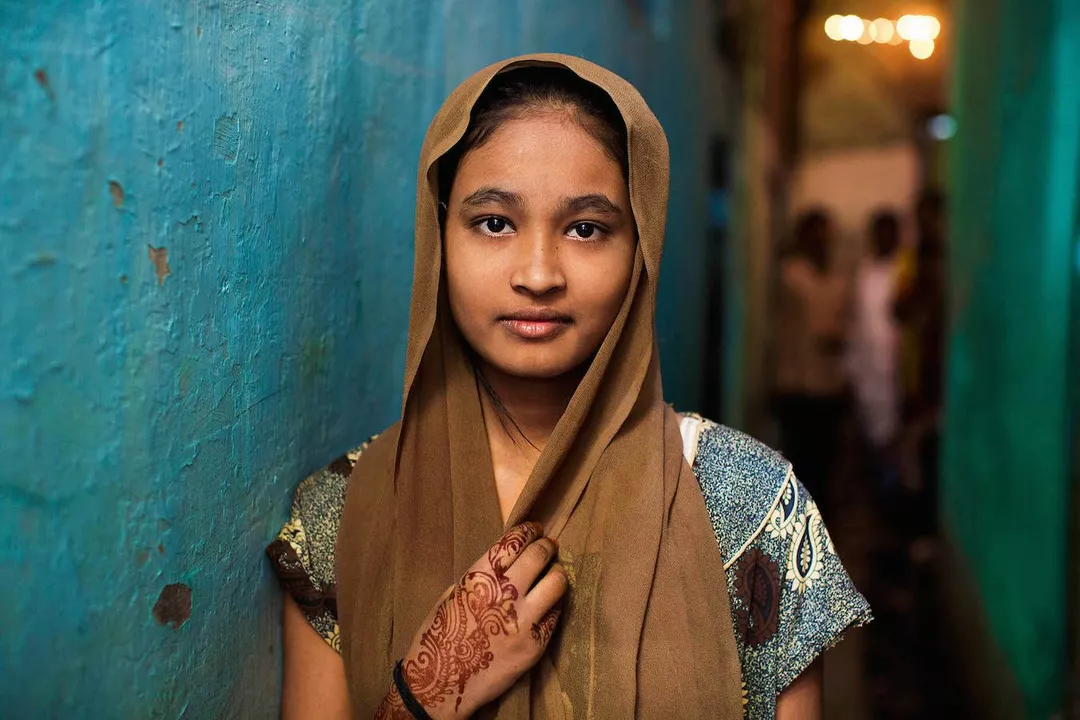Indian Culture and Society: What You Need to Know
Ever wonder why Indian customs feel both familiar and strange at the same time? From bustling street markets to quiet family gatherings, India blends ancient rituals with fast‑moving cities. This mix shapes how people act, talk, and think every day. Below you’ll find the basics that help you read the signs, avoid common pitfalls, and enjoy the richness of Indian life.
Everyday Life and Traditions
Most Indian homes start the day with a simple ritual: a cup of chai and a quick prayer. It’s not just a drink; it’s a moment to pause, greet the day, and show respect to the family’s beliefs. You’ll also see shoes taken off at the doorstep, a practice that keeps homes clean and signals respect for the indoor space.
Food tells a story too. In the north, roti and dal dominate the plate, while the south serves rice with coconut‑based curries. Sharing meals is a social cue – refusing a bite can be taken as a slight, even if you’re just full. So, when you’re invited, accept a small portion and enjoy the conversation that follows.
Breaking Stereotypes
One common stereotype is that Indian girls are “boring” or overly cautious. In reality, the picture is far richer. Traditional expectations do influence choices, but many young women are rewriting the script through education, entrepreneurship, and creative arts. For example, you’ll find female engineers in Bengaluru, fashion designers in Delhi, and activists speaking out on climate change across the country.
The myth often stems from visible social norms: modest dress, family‑first decisions, and a focus on academic success. These norms can look restrictive, but they coexist with vibrant festivals, daring street art, and a growing digital community where Indian women showcase their talents. The key is recognizing that a single label can’t capture millions of unique stories.
If you meet someone who seems reserved, don’t assume disinterest. Ask about their hobbies, favorite movies, or the music they love. You’ll uncover passions ranging from Bollywood dance to indie rock, from cricket commentary to coding hackathons. The right question flips the “boring” narrative into a conversation about ambition and creativity.
Understanding Indian society also means watching how people balance modern work life with family duties. A typical day might involve a morning meeting, an evening video call to check on parents, and a weekend spent at a temple or a local fair. This blend of responsibility and recreation creates a rhythm that many find rewarding.
When you travel or interact online, keep two things in mind: respect the cultural roots you see, and stay open to the new ways people are redefining those roots. India’s social fabric is not static; it’s a living, changing canvas where old and new paint together. By noticing the everyday details and challenging easy labels, you’ll get a deeper, more accurate view of Indian culture and its people.
Why are Indian girls boring?
This article explores why Indian girls are often thought to be boring. It suggests that Indian society places high expectations on young women, and that these expectations can lead to a "safe" lifestyle that is often seen as boring. The article also suggests that traditional gender roles and expectations can lead to a lack of self-expression and creativity. Additionally, it argues that the Indian education system does not foster creativity and critical thinking skills, which further contributes to the perception of Indian girls being boring. Finally, the article argues that Indian girls need to be given more freedom to choose their own paths and have the opportunity to express their individual personalities.
